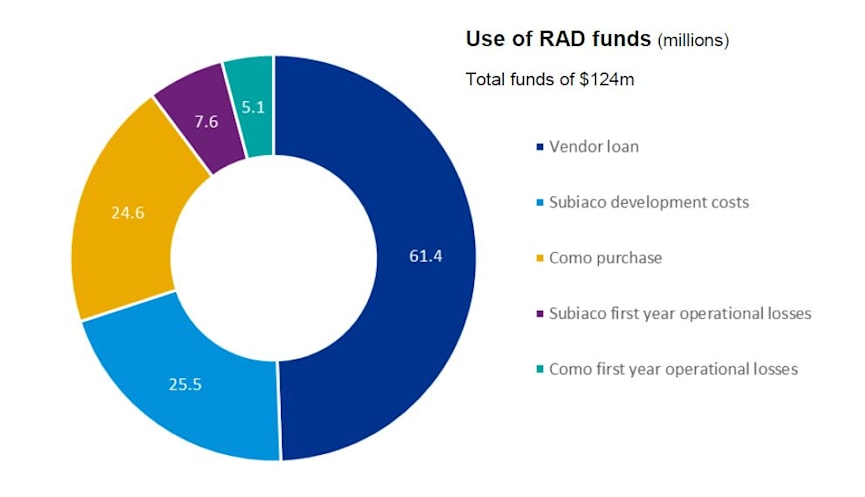Two weeks ago, advisory firm Ansell Strategic warned their COVID-19 modelling showed aged care operators would pay out $9 billion in departing RADs over the next nine months – or $37 million a day – with insolvencies starting in mid-May.
Now the defaults have commenced with the Department of Health paying out for pre-COVID Berrington Aged Care after the WA operator was declared insolvent with at least one outstanding RAD to be paid out.
Berrington had gone into voluntary administration in July 2019 with its two homes in Subiaco and Como sold to WA providers Bethanie in January this year.
While the scale of the default is unknown, the report by administrators KPMG from 13 March 2020 states that the operator held $124 million in RADs in the six years between June 2013 and June 2019.
Though the final number is likely to be considerably less, the Berrington figure is still tipped to be more than the combined defaults in the last 20 years put together.
The Berrington case has been in train for some time, but it highlights the serious issue facing the sector now.
Ansell Strategic argued that while residential occupancy has been falling for some time, the current COVID-19 situation and corresponding decline in the housing market would speed up the process – leaving many operators unable to meet their operating costs and forced to close their doors.
They had recommended the Government make available temporary facilities to providers that are unable to refund RADs (Bond Guarantee Scheme) during the pandemic.
Is this the solution to preventing more defaults?










